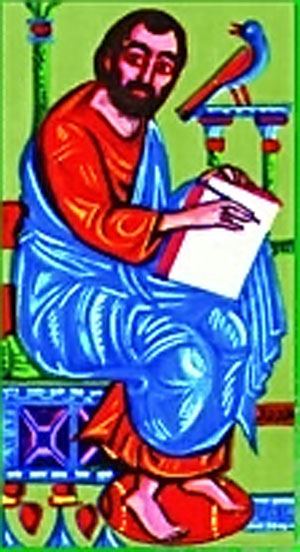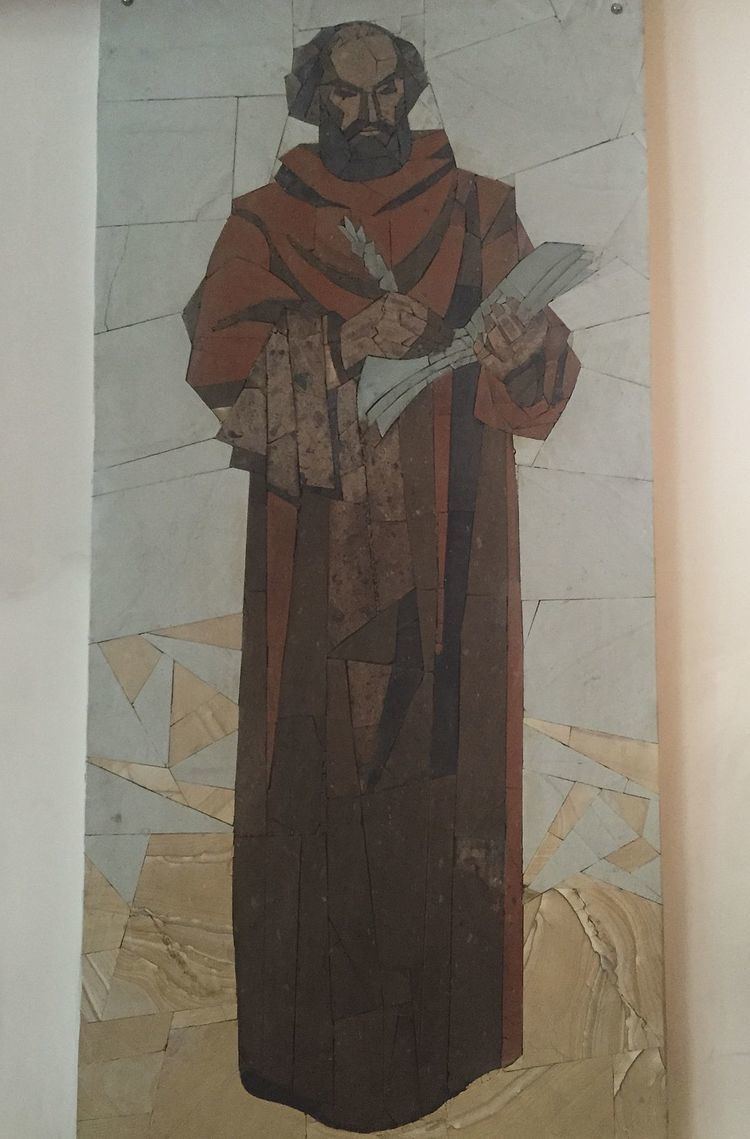Name Nahapet Kuchak Role Poet | Died March 29, 1592 | |
 | ||
Books Come Sit Beside Me and Listen to Koutchag: Medieval Armenian Poems of Nahabed Kouchag | ||
Nahapet kuchak
Nahapet Kuchak(Kouchak) (Armenian: Նահապետ Քուչակ) (died 1592) was an Armenian medieval poet, one of the first ashughs. He is best known for his hairens (հայրեն), "couplets with a single coherent theme." Kuchak was probably born in the village of Kharakonis, near the city of Van. He later married a women named Tangiatun. The poet lived his entire life near the Lake Van area until his death in 1592. Kuchak was buried in the cemetery of Kharakonis St. Theodoros Church and his grave became pilgrimage site.

Kuchak wrote airens (հայրեն) Armenian writing style of songs consisting of quatrains in which each line has fifteen syllables and is divided by a caesura into seven and eight syllables. He brought this ancient form of Armenian verse to its pinnacle. Most of his airens are concerned with love—earthly and free from any dogmas. But the poet saw the people’s suffering and social inequality, grieved for the Armenian exiles (the “airens of wandering”), and philosophically considered the events and fates of men (the “airens of meditation”). Democratic and humanistic in its essence, antifeudal in its orientation, the poetry of Kuchak was a challenge to medieval dogmatism. By later poets, the hayrens of Kuchak have been praised as works of true lyricism and great individual creativity.
“My soul left my body, I sat down to lament: ‘My soul, if you leave me my life is spent!’ And my soul replied: ‘Where is your wisdom, pray? When a house is collapsing why should its master stay?’
Jason Kouchak has translated and sang some of his poetry and more of his work can be heard beautifully sung by Lilit Danelian. The album is a collection of musical pieces inspired by Nahapet Kuchak’s Hayrens.
